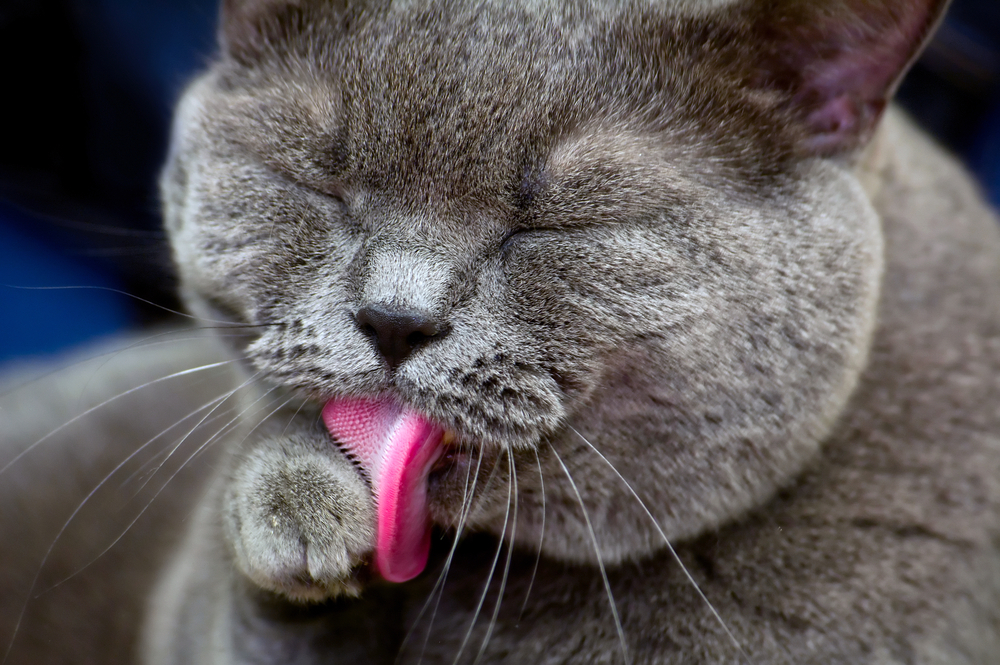
In humans, the tongue is used to manipulate food for chewing and swallowing. It also allows us to taste, the upper surface being covered with between 3,000 and 10,000 taste buds. We also use our tongue for speech, enabling us to make changes in sound. Our tongues are impressive but throughout the animal kingdom tongues are adapted for so many other purposes. As well as for eating, they can be used for grooming, catching prey and gathering information. Here are some examples that demonstrate how critical the tongue is for survival.
Anteater’s two-foot tongue

At two-feet-long and only half-an-inch wide, the anteater’s tongue is perfectly adapted to collect ants and termites from inside tree trunks and insect colonies. In fact, no other mammal has a tongue as long relative to its body size. The anteater can rapidly flick its tongue from its mouth up to 150-times-per-minute, allowing it to eat several thousand insects in a short space of time. The anteater’s tongue is covered in tiny backward-pointing spines, and huge salivary glands produce copious amounts of sticky saliva. Insects stick to the tongue and are scraped off by the flexing of the lower jaw. But anteaters don’t need teeth to chew—insects are simply crushed against the roof of their mouths, swallowed, and ground up in their muscular stomachs.
Chameleon’s ‘sticky dart’ tongue
Chameleons may be best known for their colour changing abilities, but their tongues are equally as remarkable. Chameleons wait until their prey insect is within striking distance, then rapidly extend their tongues, which are among the fastest on the planet at speeds of 13 miles per hour. Their elastic tongues are also remarkably long—up to one and a half times their body length. At the tip is a muscular, club-like structure covered in thick mucus. Prey sticks to the tip, and a flap of skin trailing the head of the club partially wraps around the insect on impact. The tongue is then quickly drawn back into the mouth, even if the prey weighs half of the chameleon’s own body weight.
Snake’s sniffing tongue

Snakes use their forked tongues not for tasting food but for tasting and smelling the air around them. When a snake rapidly flicks its tongue, each side of the fork collects airborne chemical particles. When retracted, the tips of the fork fit into two small openings at the roof of the mouth called the vomeronasal organs. The chemical information is then passed through the organs to the brain, where it is quickly processed and analysed. The snake knows which direction to travel in based on which side of the fork has a greater number of chemical particles. Just as we hear in stereo by having two ears, the snake smells in stereo thanks to the fork in its tongue.
The bristly papillae of cats

Any cat owner knows the sandpaper-like feeling of being licked by a cat’s tongue. This is caused by rows of hooked, backward-facing spines known as filiform papillae located on the surface. All cats are fastidious groomers and their rough tongues enable them to remove every loose hair, parasite, speck of dirt and food from their fur. The latter is a particularly important survival strategy as they do not want the scent of a kill to warn any other prey animal of their presence, or attract predators. The papillae also helps clean every piece of meat from bones to maximise food intake. Social grooming can be a way to strengthen social bonds between individuals, and in hot weather licking their coats also helps to cool cats down through evaporation.

